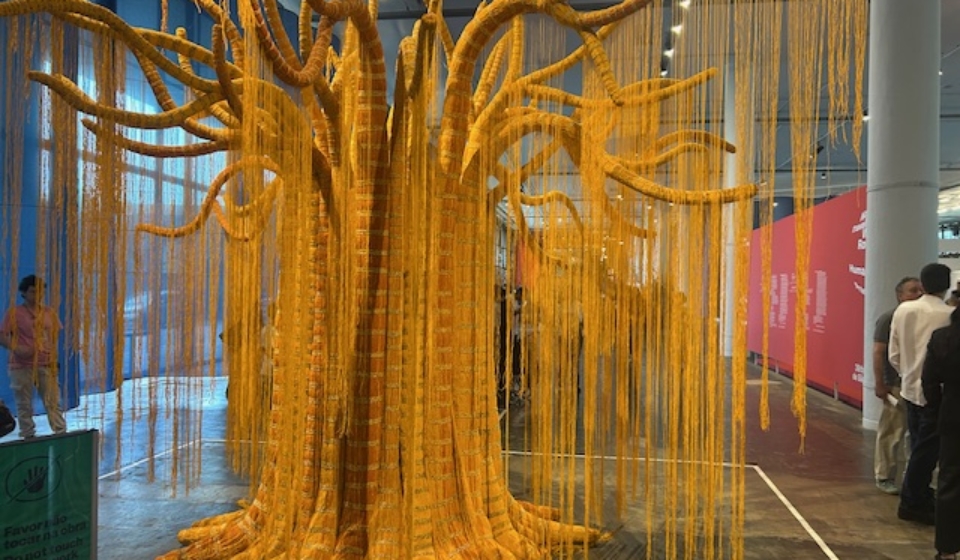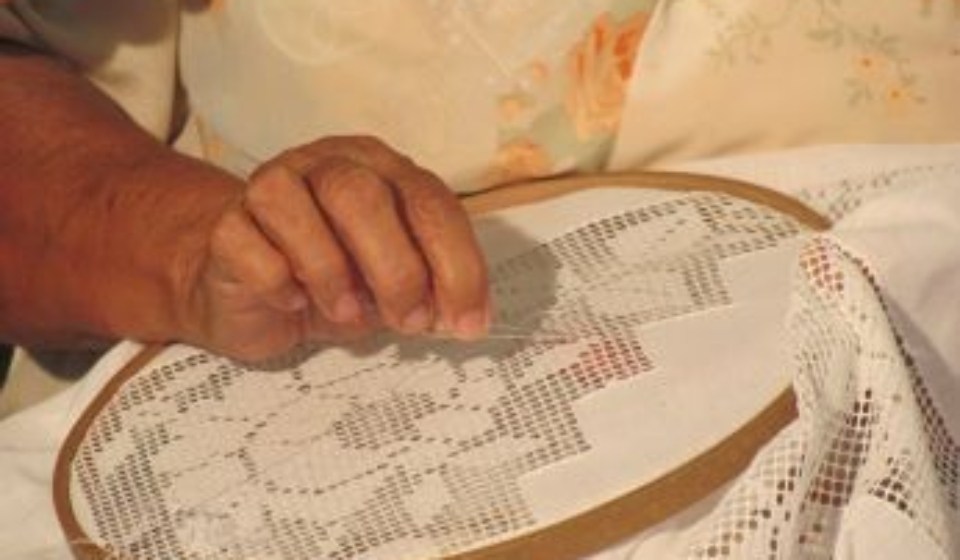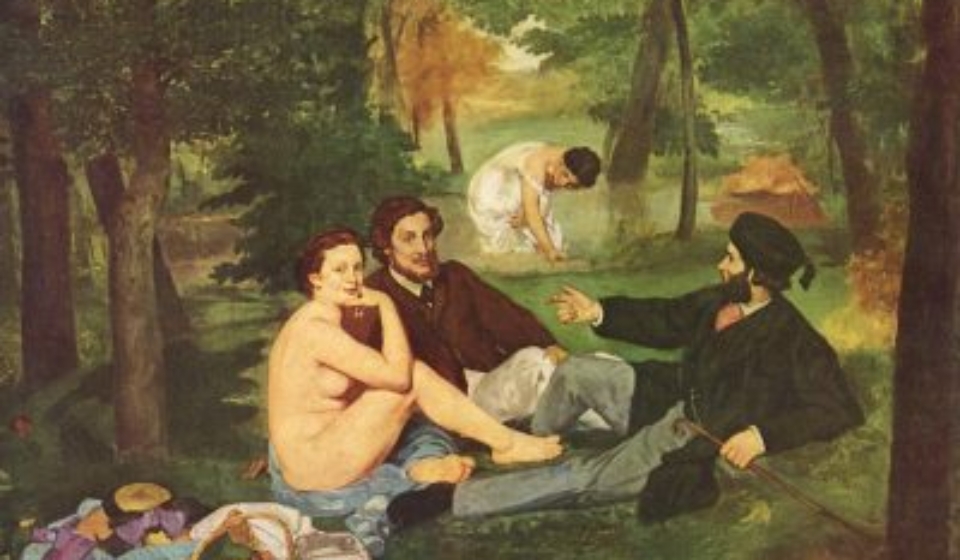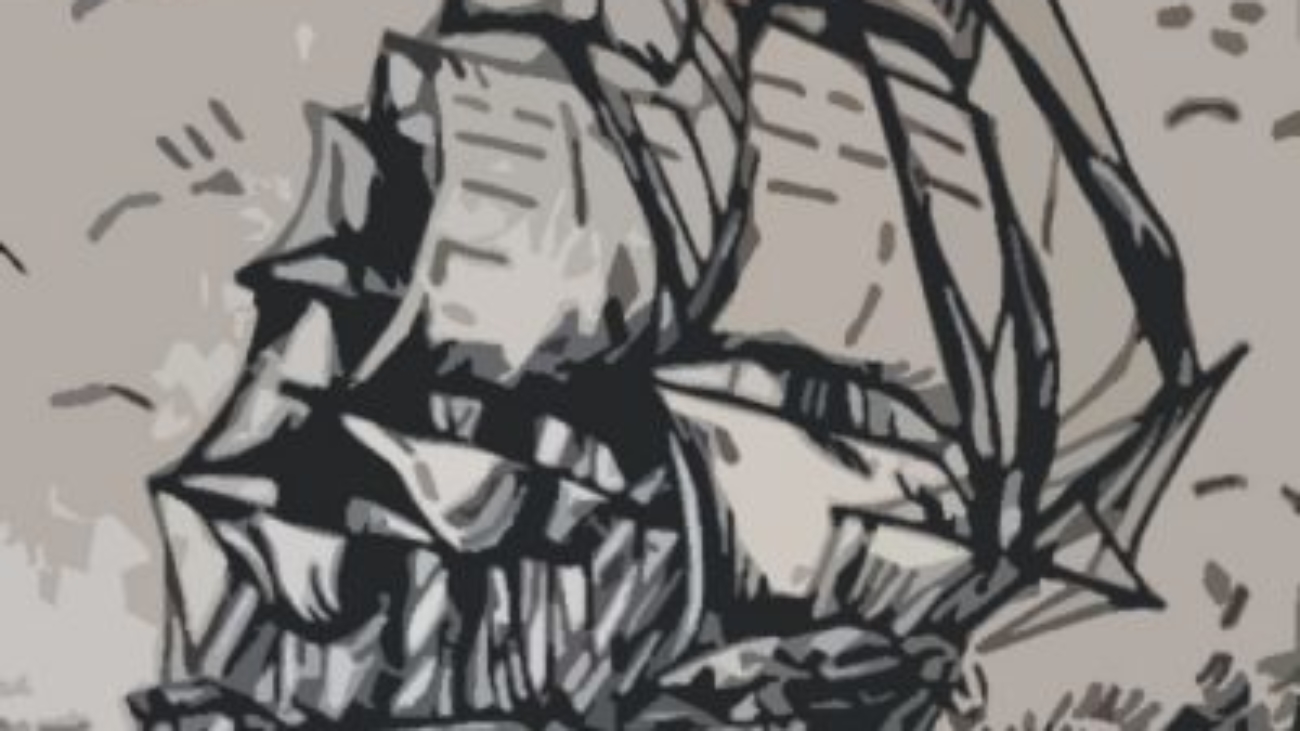Avenue Candido de Abreu, Curitiba/Brazil, 1888 – Marie Weigert Wanke’s home
My story, actually, beggins here, in the day my mother gave my a spanking for being reading a beautiful novel, fully satisfied in my marriage bed, having myself as the best.
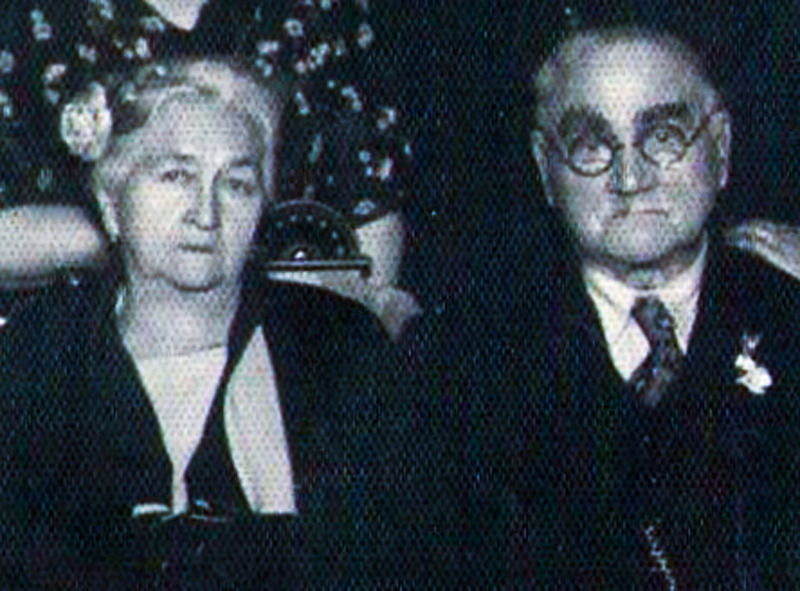
Imagine a married woman taking some flicks of the mother, with a rod of quince, like a naughty little girl.
Wrong ot not, this story was told from generation to generation. I got famous among my descendants, evidently I don’t care about it and I still keep it as a legacy to generations who wish to receive the gift of love reading.
It all started when Edward was complaining to my mother that I, instead of making lunch, I was reading in bed. I confess that neither remembered the house and my daily tasks … Edward left for work in the morning and I, zupt, threw myself on the bed and I dived in the pages of a delightful romance.
You know how is the anxiety that comes when we feel that insane desire to see the end of a story. Than I just surrendered without resistence to this need.
What a shame! I was really concentrated in the bed like a queen, and did not feel the time pass and Edward come and see me at this literary delight. I felt ashamed, yes, but very different from what everybody feels when do something wrong or do not know how to do something correctly. My shame was like a “youngster” caught in a romp that deep in the soul hide certain sensation of triumph for doing that way.
I love reading…
I think the books are meant to be eaten, sated by the eyes, and the stories contained on it must penetrate our minds and mix itself with our thoughts on delighted dreams, in revelations, in knowledge and wisdom…
But even so, the fact of being caught reading at this time when women had no place in the intelectual world and also in the labor market, another sensation was coming. I also felt a huge disappointment compared to my new role: the wife. I thought that, now married, I could live a quieter life, without the endless responsability to clean the house, do laundry, make lunch every day. I thought Edward would be more understanding with me, and wouldn’t ask me to strictly fulfill my tasks. After all, he is 10 years older than me and could be more condescending to my little life experience – I am only 17.
Marie Weigert Wanke
Me, Marie Weigert now Wanke too, first born in a family of 10 brothers and my mother, so poor, really needed my help to take care of their children and of the butcher’s shop. I always admired her for the strongness and courage to abandon everything in Germany and live with her husband in a country so distant and different from where we used to live. That was the feeling that pushed me to share, with dedication, the domestic service, what consequently increased my responsability and left me timeless to play and devocate myself to nobles pastimes as reading.
Anyway, repress this uncontrollable wish to fly on the magic carpet from the pages of a book, and choose the tasks of a housewife, did not leave me revolted. Instead, I resigned and accepted the idea. After all, that was how they used to educate women in that century and is not my style questionating. My temper is far from being rebel, I think more practical submit myself to the system. They always told me I am from a quiet and sweet nature.
Now, after the fright of the suddenly flicks, I even smile remembering the scene… Of course, a kind of yellow smile. I see clearly Edward going to the butcher shop next to our house and ask “mota”1 to take a look at my pose, all loose, lying in bed with the book in my hand. I remember when I felt the spanking in me leg, I left the room jumping untill I reached the kitchen and concentrated on the dishes.
impetuous and determined mother
Certainly, my impetuous and determined mother, when saw the scene, got herself outraged with the failure of her education, had no hesitation in taking her wand quince and give me some good slaps.
That’s right! In the moral values of my mother, the german immigrant, Anna Pauline, daughter of butchers from Breslau, was unacceptable that one of her daughters, carefully hard educated from germans, failed to fulfill the sacred duties of a housewife. So, that was how at age 17, married, I took a few flicks, simple because of the fact that I like too much of reading my lovely novels in an inconvenient time.
For this episode, so simple, and at the same time so intense and capable to remark future generations, I need to open my heart and tell you and to the entire lineage of Weigert and Wanke, who like, love, just like me, to read a good book, I offer this passion as a legacy. I wish the “slap” received be an incentive recorded, almost like a command, in memory of my cells, and spread among my children, grandchildren, great-grandchildren… so they seek to develop this wonderful habit, which I consider a real treat that never leaves us lonely: the reading.
Enjoy my ancestral energy, my signal and always seek to improve more. Read for me…
Maybe, that way, I will satiate, by my descendants, this thirst and this habit, so inaccessible to me, as well as for many women from nineteenth century.
The legacy I left is to compensate my resignation to the situation in which I lived, without revolt with my fate as a mother, wike and homewife. Instead, I had a wonderful time in this life and completed myself as a women, though, I recognize that, I wish…to tell the truth… to have had more time to read.
Style unique
Maybe for this resignation and for being a quiet woman, even a little out of the problems, I was the reason of teasing to my brothers, who used to catch me with jokes when I forgot things and facts.
For my own style, unique, is that I became character of many stories told among the Weigert and Wanke. For example, before finishing my lunch, I loved to go through the neighborhood – all brothers and cousins – and see what was inside the pots, chatting a little bit, and then, after this, go back to my kitchen and finish the lunch of the day. They also told that I used to go to the bathroom and forgot to tie the strips of these terribles “shorts” with opening behind, nothing sexy, we women wore beneath our huge skirts. My brother always warned me that they dragged on the ground.
Bahhh… That never bothered me. But back to the story of the slaps, I have always in my mind Egon, my nephew, telling me tim-tim-by-tim-tim, that Edward went to the butcher, next to my house, where the “mota” used to live, and told in German: “Komm, komm, kuch mal was passiert ist!” – “Come, come, come to see what is happening”…
Then Egon finished telling the story, everyone smiled because of this episode and her wife, Odette, my nephew, completed saying: “-What a shame, she got married so young and did not know the responsability that she was going to face with! She thought getting married would free herself of taking care of the brothers and would let her to do everything she wanted! Neither had any idea of the offspring she would produce: eight children.
Mota – mommy, in German, at least in the concept of the immigrants who settled in Candido de Abreu.

